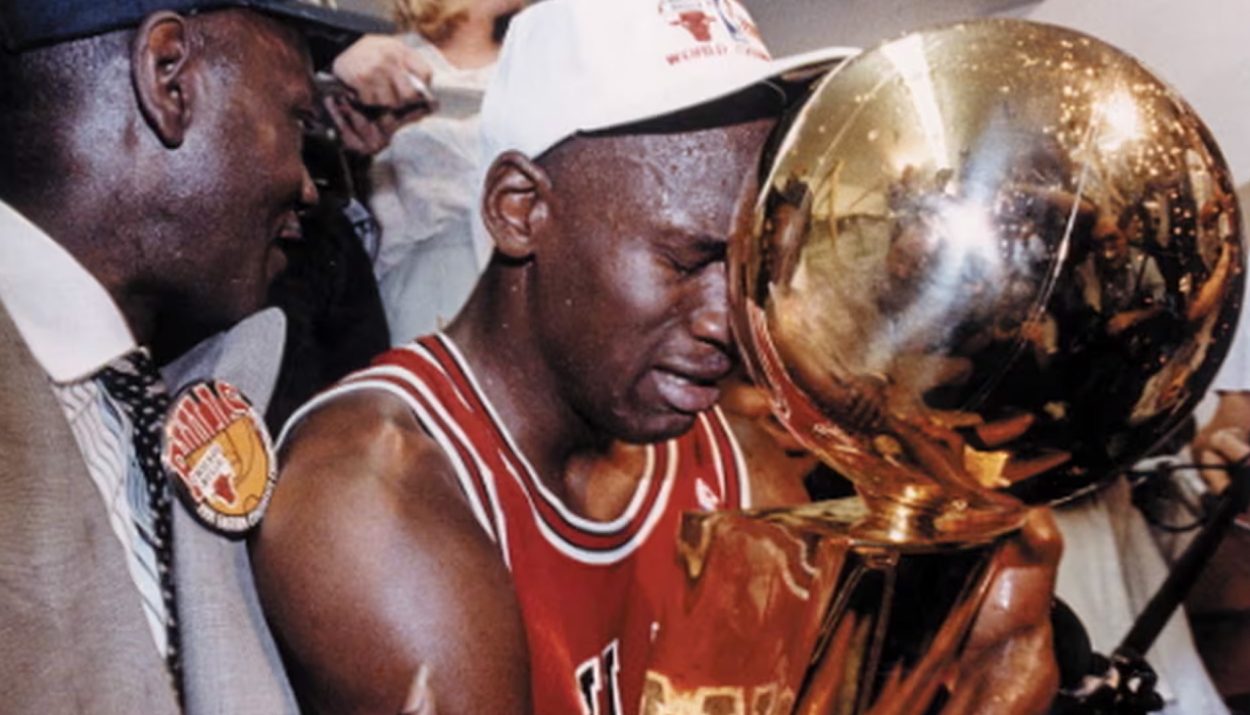Thanks to weird math fractions, each 365-day year has a remainder … a few hours left over after the calendar flips from December to January … that add up to a whole day every four years. Since February is the shortest month of the year, we tack this bonus day at the end of this month to give us a Leap Day.
Since February 29 is the rarest date on the calendar, it might be easy to assume that not much has historically happened on this day. But as you will soon learn, that’s not the case. Here are 12 historical events that happened on a Leap Day.
1. Leap Day Is Officially Established – 45 BC
Julius Caesar was trying to establish a standard calendar to make planning battles and festivals – two things the Ancient Romans loved – easier for everyone involved. Caesar worked with Sosigenes, a noted astronomer from Alexandria, to help him work out the math. They were frustrated to find out that the earth actually takes 365 days and six hours to complete its orbit around the sun.
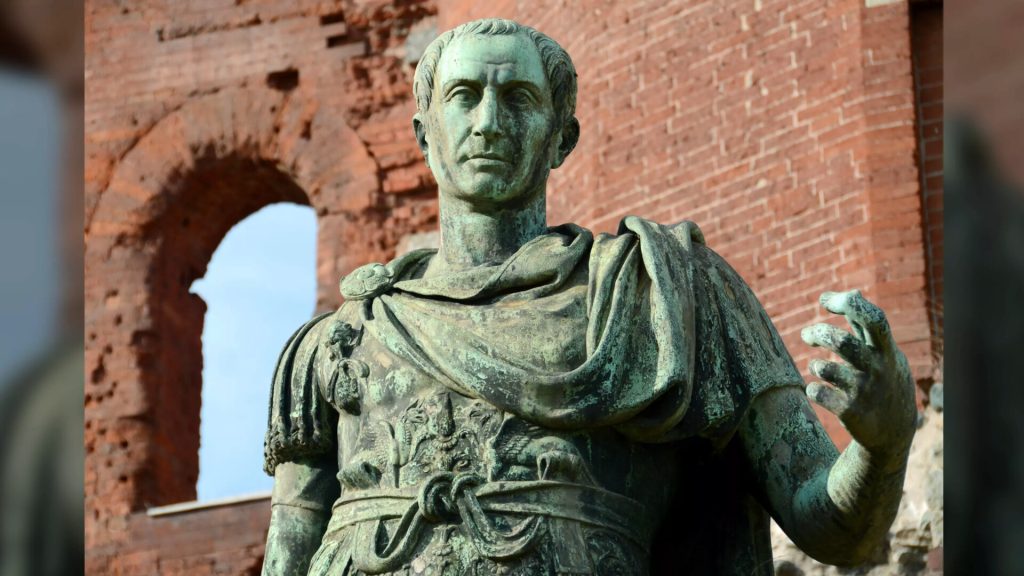
If the annual calendar included those extra six hours, after several years, the seasons would be off. Sosigenes suggested that we bank those extra hours until they add up to a whole day, then simply add that day to the appropriate year’s calendar. In 45 BC, Caesar made Leap Day a thing. It’s not a perfect solution – and it has been tweaked over the years – but it keeps us on track.
2. Hank Aaron Signs a Record-Breaking Baseball Contract – 1972
Legendary baseball player Hank Aaron – Hammerin’ Hank – was collecting career milestones and breaking records in the late 1960s and early 1970s. One of them took place on February 29, 1972, when Aaron signed a three-year contract with the Atlanta Braves for a record-breaking $200,000 per year. While low by today’s standards, this paycheck made Hank Aaron the highest-paid player in the league.
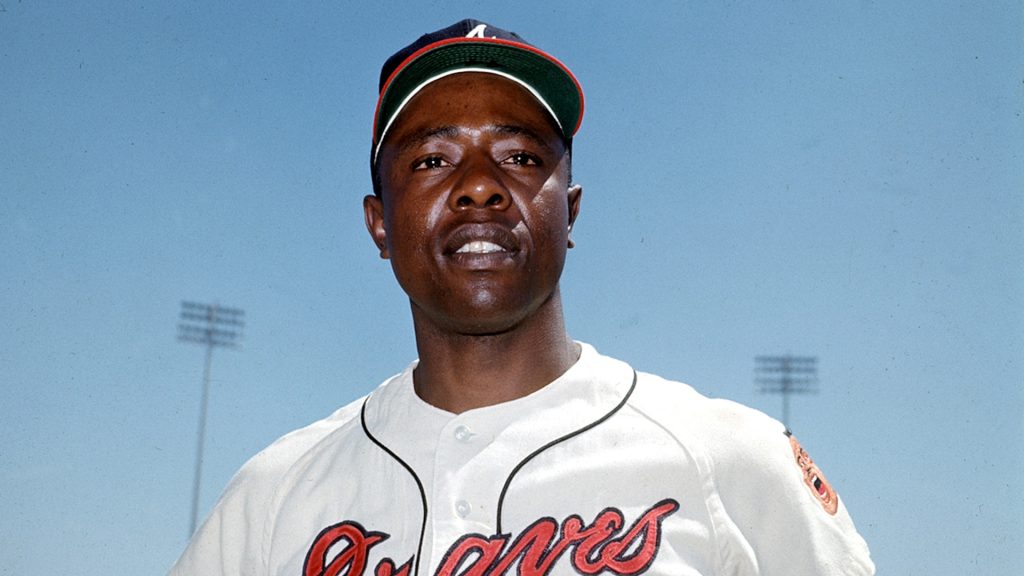
Aaron, however, faced backlash for this off the diamond. He was harassed and threatened by people who were angry that Aaron, a Black man, was paid more than his White teammates. Aaron responded by proving his worth. He went after the most coveted milestone in baseball history – Babe Ruth’s homerun record. And on April 8, 1974, he smashed it.
3. Dutch Physicist Is Full of Hot Air – 1908
Noted Dutch scientist Heike Kamerlingh Onnes had been making some groundbreaking discoveries to liquify helium in his lab in 1908. While trying to condense helium gas into a liquid in test tubes, he observed a solid. On Leap Day 1908, he excitedly announced to the scientific world that he was able to produce solidified helium.

As it turned out, Onnes made his announcement prematurely. He was unable to replicate his process and later discovered that the helium only solidified because hydrogen was present in the test tube. Oops. Onnes was forced to rescind his findings.
4. Buddy Holly’s Signature Glasses Were Found 20 Years After the Plane Crash
On February 3, 1959, bespeckled singer Buddy Holly was killed in a plane crash in Iowa. The crash was horrific and left debris scattered over a huge area. During the clean up efforts, Buddy Holly’s signature dark-framed eyeglasses were nowhere to be found.
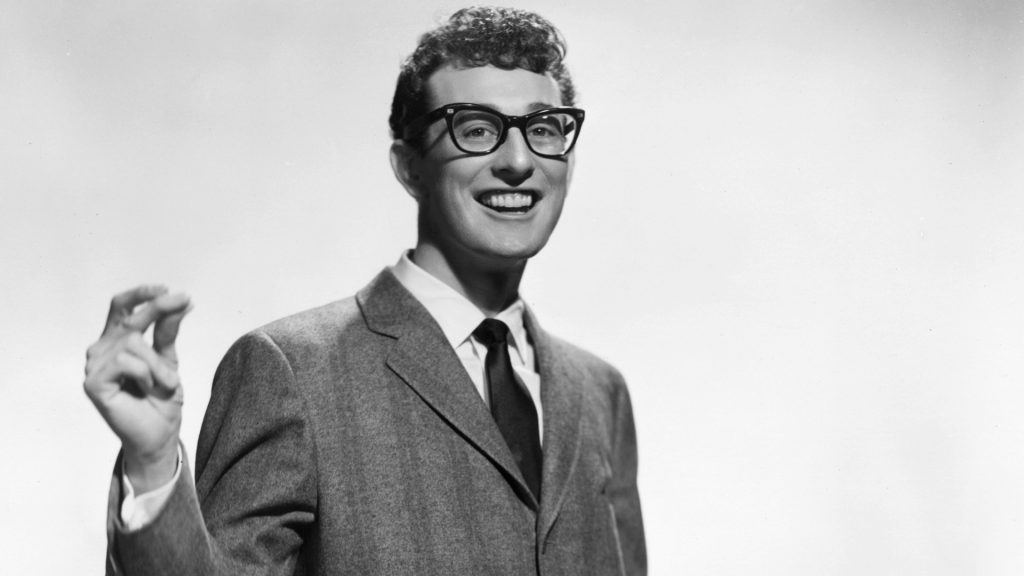
Fast forward two decades to February 29, 1980, when Sheriff Jerry Allen was tidying up the evidence room at the county police station near Clear Lake, Iowa. Allen came across Buddy Holly’s long-lost, black-framed eyeglasses in a sealed envelope. The specks were returned to Holly’s widow.
5. The First African American Wins an Academy Award – 1940
At the 12th Academy Awards presentation, held on February 29, 1940, at the Coconut Grove in Los Angeles’s Ambassador Hotel, actress Hattie McDaniel – Mammy from the blockbuster film, Gone With the Wind – won the Oscar for Best Supporting Actress. This marked the first time that an African American performer won an Academy Award.
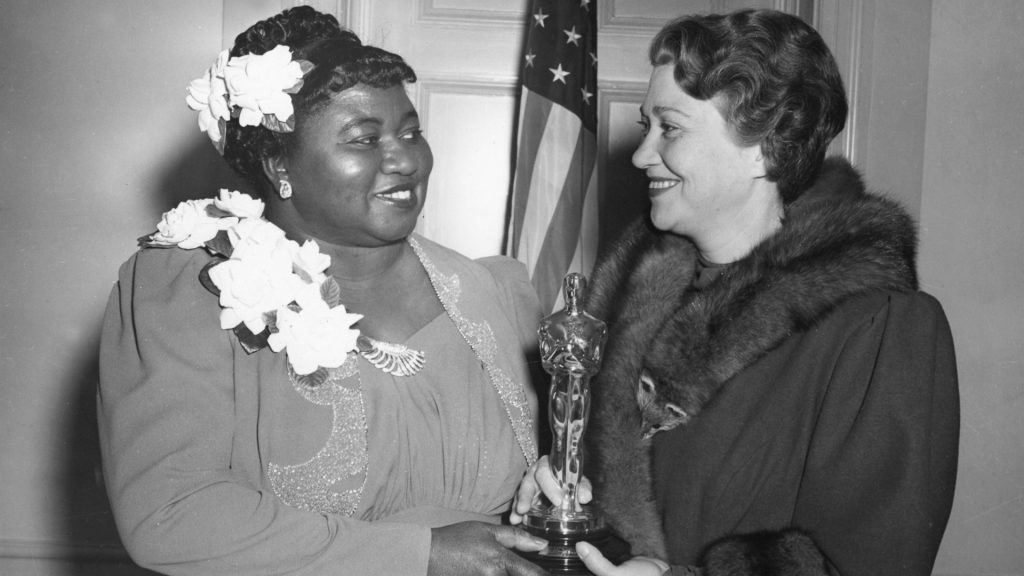
The Academy of Motion Picture Arts and Sciences was noticeably lagging in its recognition of African American performers. The first time it honored an African American actor with the Best Actor award was in 1963 when Sidney Poitier won for his role in Lilies of the Field. Halle Berry was the first African American Best Actress winner when she took home the Oscar in 2002 for her work in Monster’s Ball.
6. Moroccan Earthquake Kills One-Third of the City’s Population – 1960
On February 29, 1960, a powerful earthquake struck western Morocco near the city of Agadir. The Agadir Quake was not one of the stronger earthquakes ever recorded. In fact, it was only a moderate 5.8 on the Richter Scale. But the epicenter of this quake was relatively close to the surface, resulting in a lot of movement on the surface.

That surface shaking, sadly, caused widespread destruction and devastation. About one-third of the population of Agadir – between 12,000 and 15,000 people – were killed in the quake. An additional 12,000 people were injured and more than 35,000 people were homeless. The Agadir Earthquake remains Morocco’s deadliest and most destructive natural disaster.
7. Pierre Trudeau Announced His Departure as Canada’s Prime Minister
Pierre Trudeau was the leader of Canada’s Liberal Party and its Prime Minister since 1968 when he announced on February 29, 1984, that he would be stepping down and would not lead his party into the next election. He could read the writing on the wall. He understood that, under his leadership, the Liberal Party did not have a chance of beating the Progressive Conservatives, led by Brian Mulroney. He officially left office on June 30 after serving as Prime Minister for 15 years.
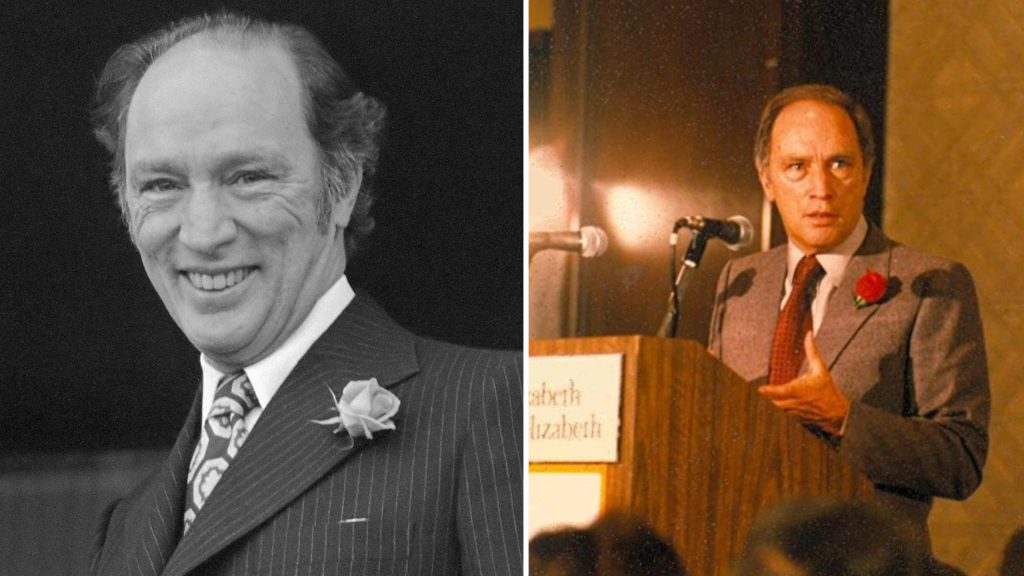
In his personal life, 1984 was also a time of change for Trudeau. He divorced his wife, Margaret, and became romantically involved with Canadian actress Margot Kidder, who played Lois Lane in the Superman movies.
8. Teddy Roosevelt Forms a Committee to Take Over the Construction of the Panama Canal
The Isthmus of Panama – the narrowest strip of land separating the Atlantic and Pacific Oceans – had long been eyed as the ideal spot for a canal. A canal in this location would greatly decrease shipping distances and speed up trade. France started building a canal in Panama in 1881 but abandoned the project in 1899, citing the misappropriation of funds and the high death toll from yellow fever as factors.
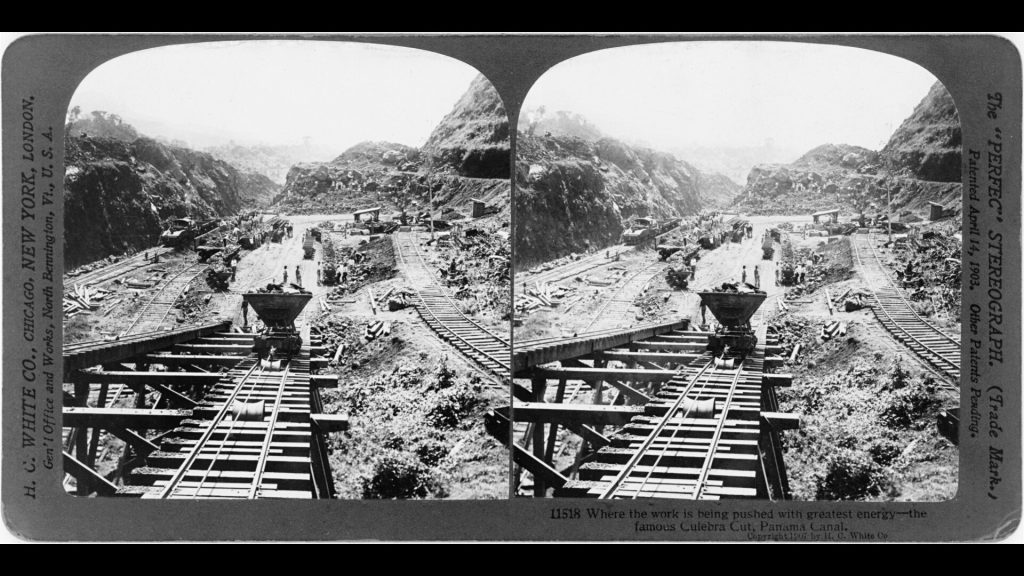
President Theodore Roosevelt wanted to see the canal completed. Moreover, he wanted to see the United States in control of this vital waterway. On February 29, 1904, he established the Panama Canal Commission and personally appointed its seven members who would see to it that the U.S. could finish the work started by the French.
9. Gordie Howe Scored his Record-Breaking 800th Career Goal
Truly an iron man of hockey, the great Gordie Howe played the sport for 34 years spanning across five decades, from the 1940s through the 1980s. He was 51 years old and a member of the Hartford Whalers on February 29, 1980, when he scored his 800th career goal against the St. Louis Blues.

Howe proved that he liked odd numbers by scoring one more time to retire with 801 career goals. He was the first NHL player to reach the 800-goal mark, but he wouldn’t be the last. Both Wayne Gretzky and Alex Ovechkin have surpassed this milestone.
10. The First Leap Prince Was Born – 1964
On February 29, 1964, Princess Alexandra, the first cousin of the late Queen Elizabeth II on her father’s side and the first cousin of the Queen’s husband, Prince Philip, Duke of Edinburgh, on her mother’s side, gave birth to her first child. She and her husband, Sir Angus Ogilvy, welcomed a son, James Robert Bruce Ogilvy, the first and only member of the British royal family to be born on Leap Day.
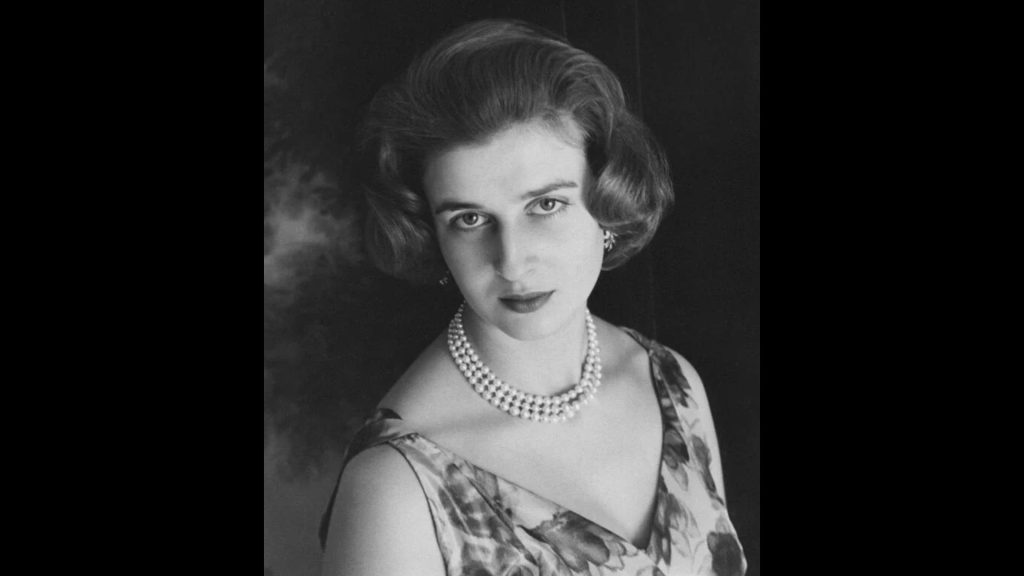
When James Ogilvy was born, he was 13th in line for the British crown. But the royal family has grown in the last half century. Following the coronation of King Charles last year, Ogilvy has slipped to 58th in line for the throne.
11. The Siege of Sarajevo Ended – 1996
During the Bosnian War, Sarajevo, the capital city of Bosnia and Herzegovina, was besieged by a blockage that began on April 5, 1992. The city was repeatedly attacked by Serbian troops for the next 1,425 days.
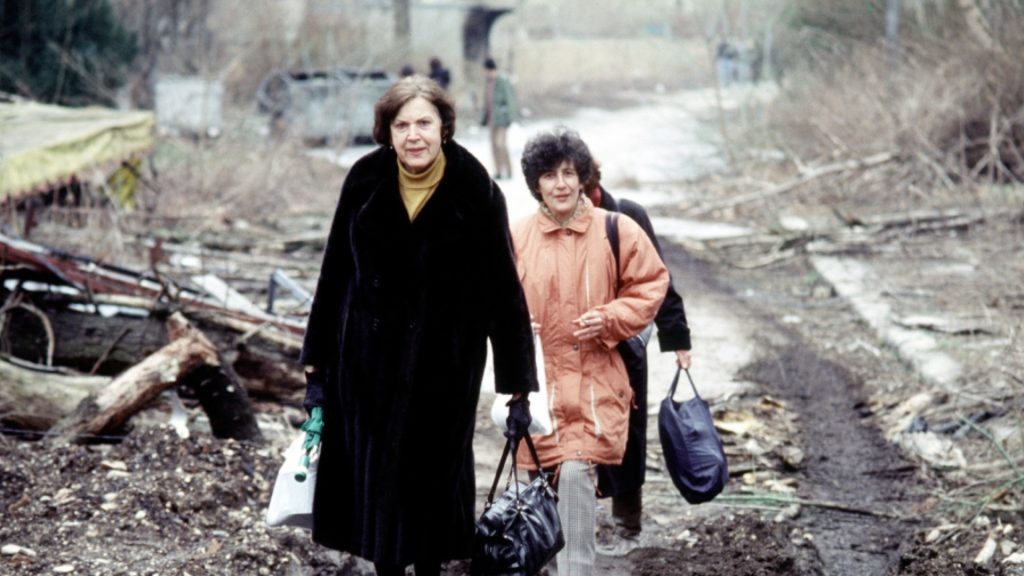
When the Siege of Sarajevo was finally lifted on Leap Day, 1996, it went down in history as one of the longest sieges in modern warfare history …more than a year longer than the Siege of Leningrad and three times longer than the Battle of Stalingrad.
12. The First Arrest Warrants Were Issued for Witches in Salem, Massachusetts – 1692
In early February 1692, 11-year-old Abigail Williams and her 9-year-old cousin, Betty Parris, began acting strangely. Soon, other girls and young women in Salem were behaving oddly – fits, convulsions, vocal outbursts, and insisting they were being pinched and poked. The town doctor couldn’t find a medical cause for this, so the only logical conclusion was that witches were afflicting the victims.
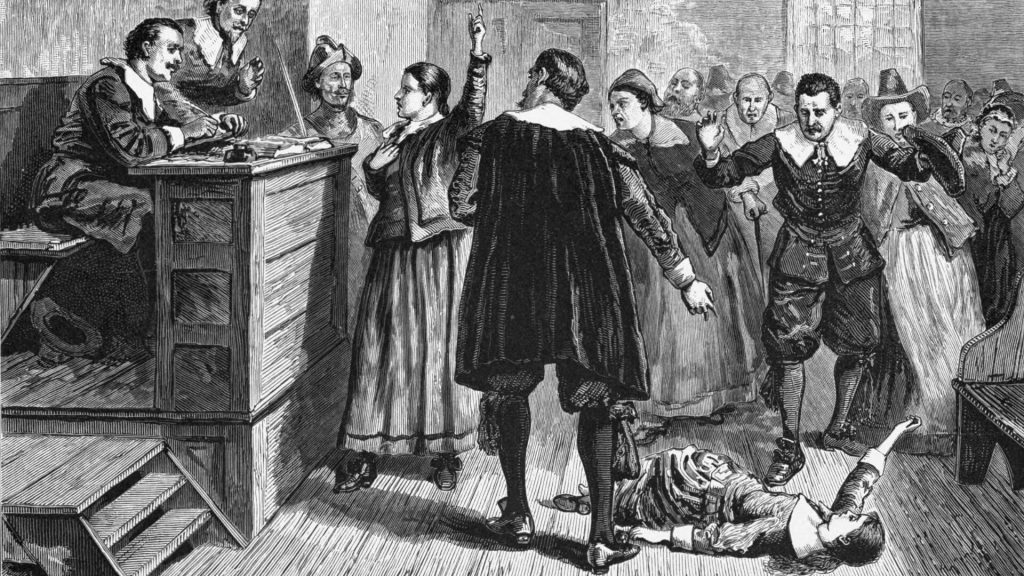
On February 29, 1692, arrest warrants were issued for the first three people accused of witchcraft in Salem – Sarah Good, Sarah Osborne, and Tituba. In the ensuing hysteria, neighbors accused neighbors of witchcraft until the Salem Witch Hunts were in full swing. When the dust settled, Good, Osborne, and 23 other innocent people had been wrongly accused and executed.

